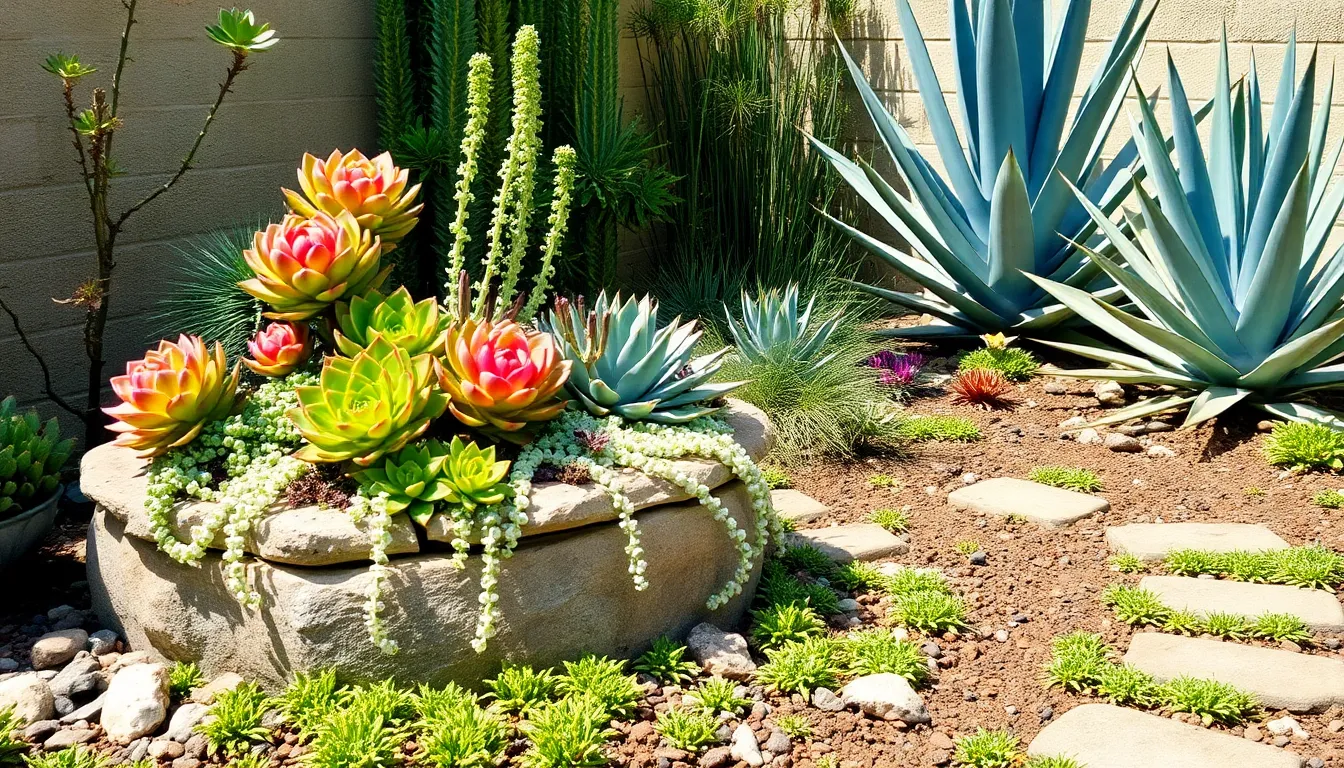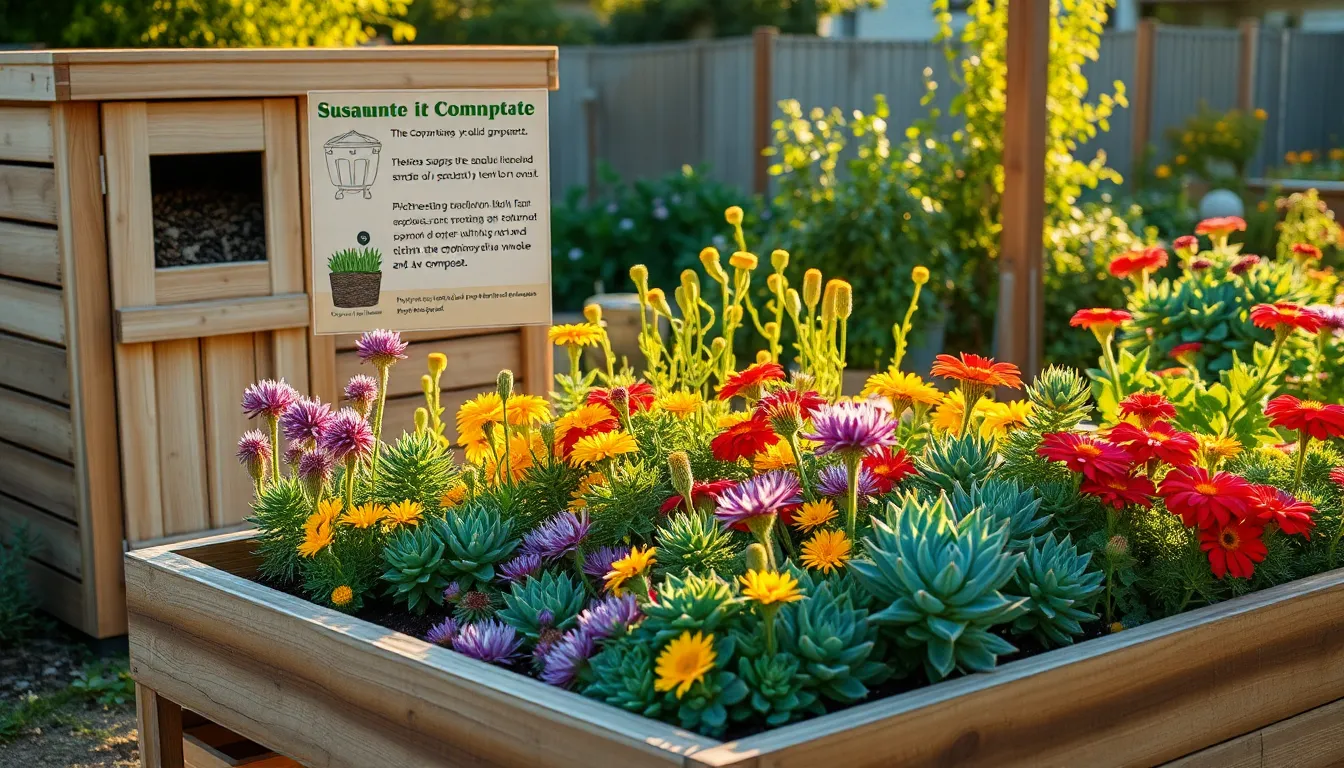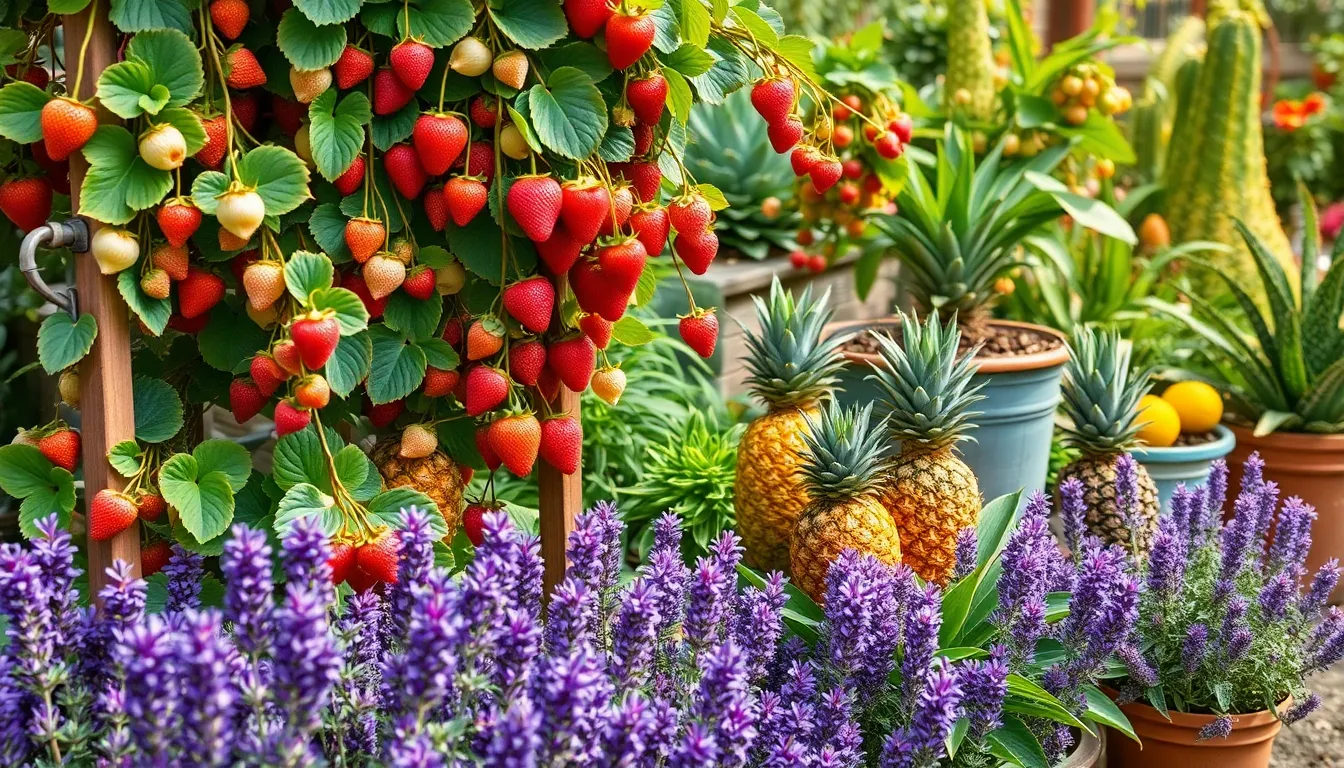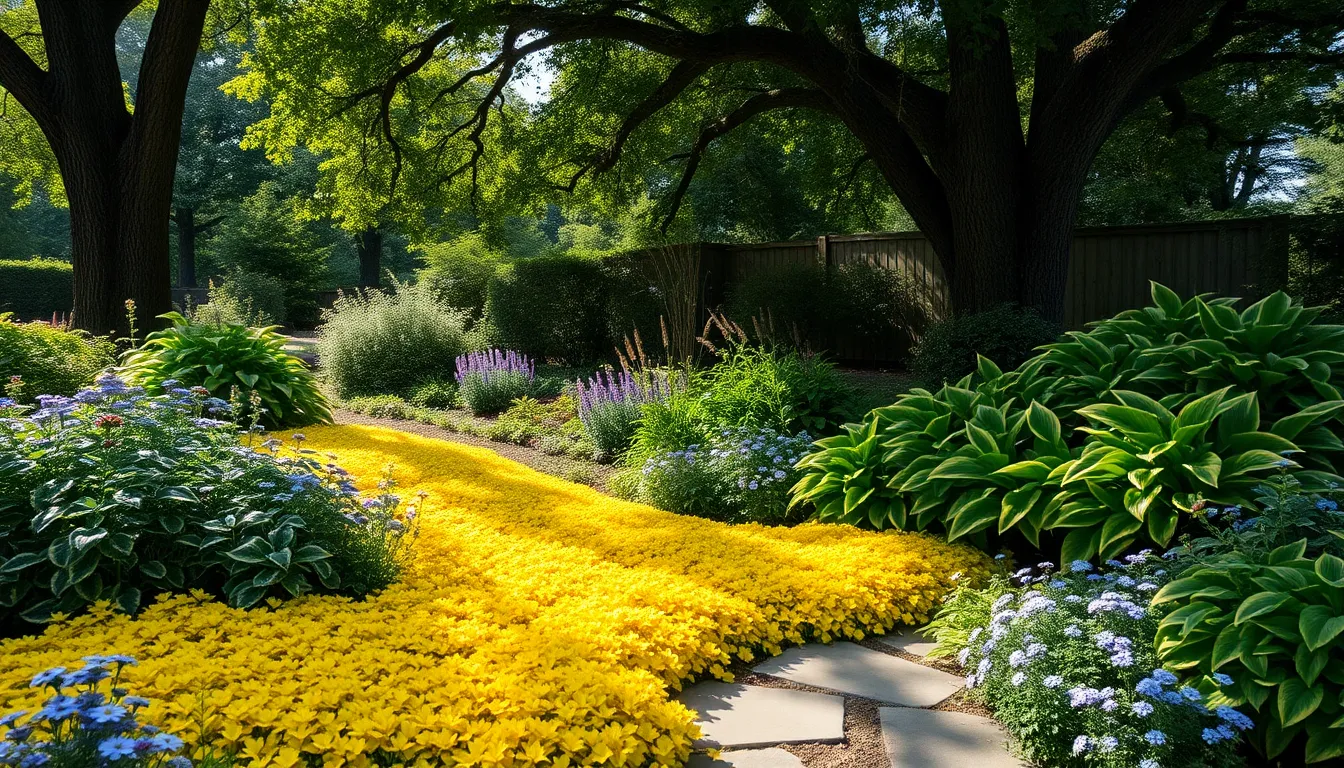Welcome to the world of low-water gardening, where lush beauty meets sustainability in the most delightful way! Whether you’re just dipping your toes into the gardening pond or you’re a seasoned plant whisperer, our guide on the best plants for low-water gardens is your ticket to cultivating a thriving indoor oasis with minimal fuss. Imagine the joy of nurturing greenery that not only survives but flourishes, even when water is scarce.
In this guide, you’ll discover a curated collection of resilient indoor plants that eagerly adapt to your care routine, offering vibrant color and life with just a splash of water. These plants are more than just decoration; they’re your partners in creating a serene, sustainable environment that rewards you with cleaner air and a sense of accomplishment. As you gain confidence in your ability to nurture these hardy beauties, you’ll find your gardening skills and your home’s ambiance growing together in harmony.
Succulents (Natural Water Reservoirs)
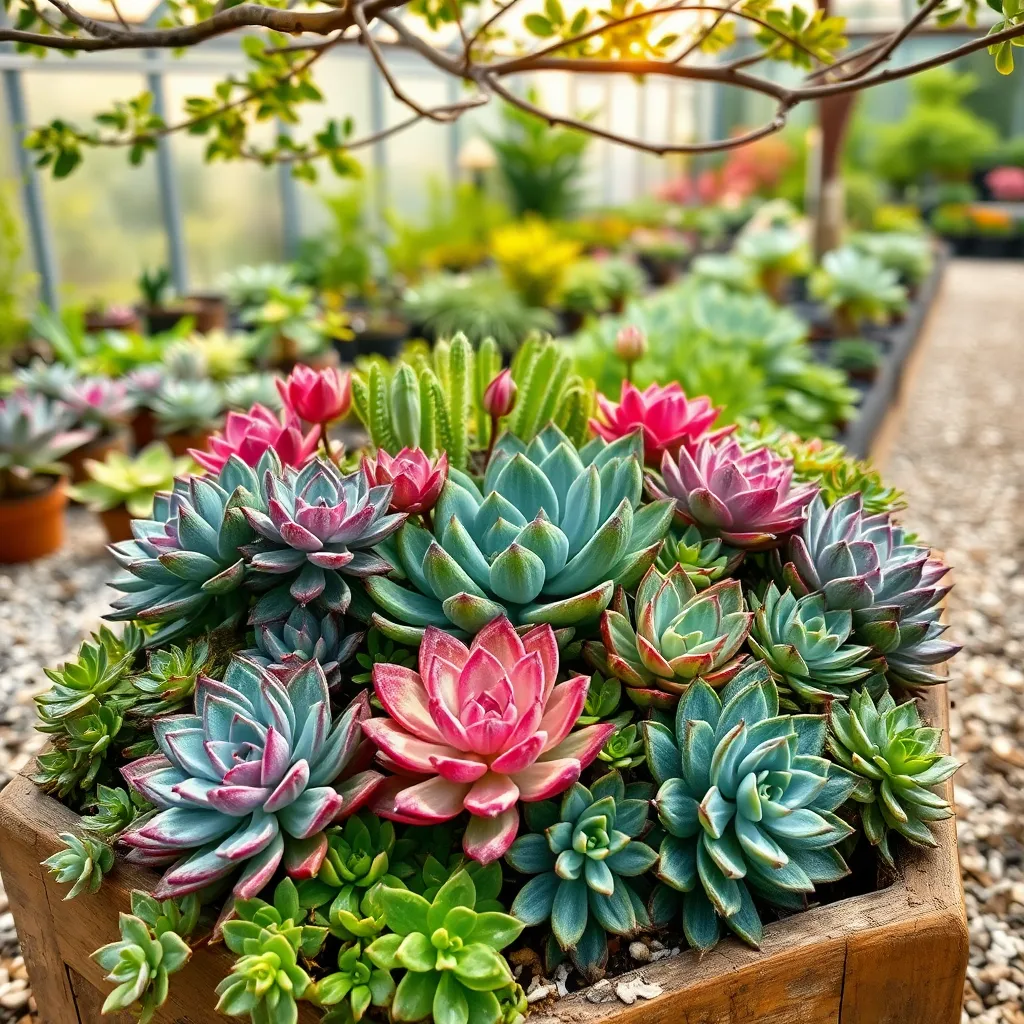
Succulents are an excellent choice for low-water gardens due to their ability to store water in their leaves. These plants thrive in environments where other plants might struggle, making them perfect for dry climates or gardeners seeking low-maintenance options.
To ensure your succulents flourish, plant them in well-draining soil, such as a cactus mix that prevents root rot. Consider adding a layer of gravel or small stones on top of the soil to enhance drainage and prevent moisture accumulation.
Water succulents sparingly, allowing the soil to dry out completely between waterings, typically every two to three weeks depending on humidity and temperature. Over-watering is a common mistake, so it’s better to err on the side of too dry than too wet.
Light is crucial for succulents; they need at least six hours of bright, indirect sunlight daily. If you notice your succulents stretching or becoming leggy, it’s a sign they need more light, so consider relocating them to a sunnier spot or providing supplemental lighting.
Mulch Application (Moisture Retention Technique)
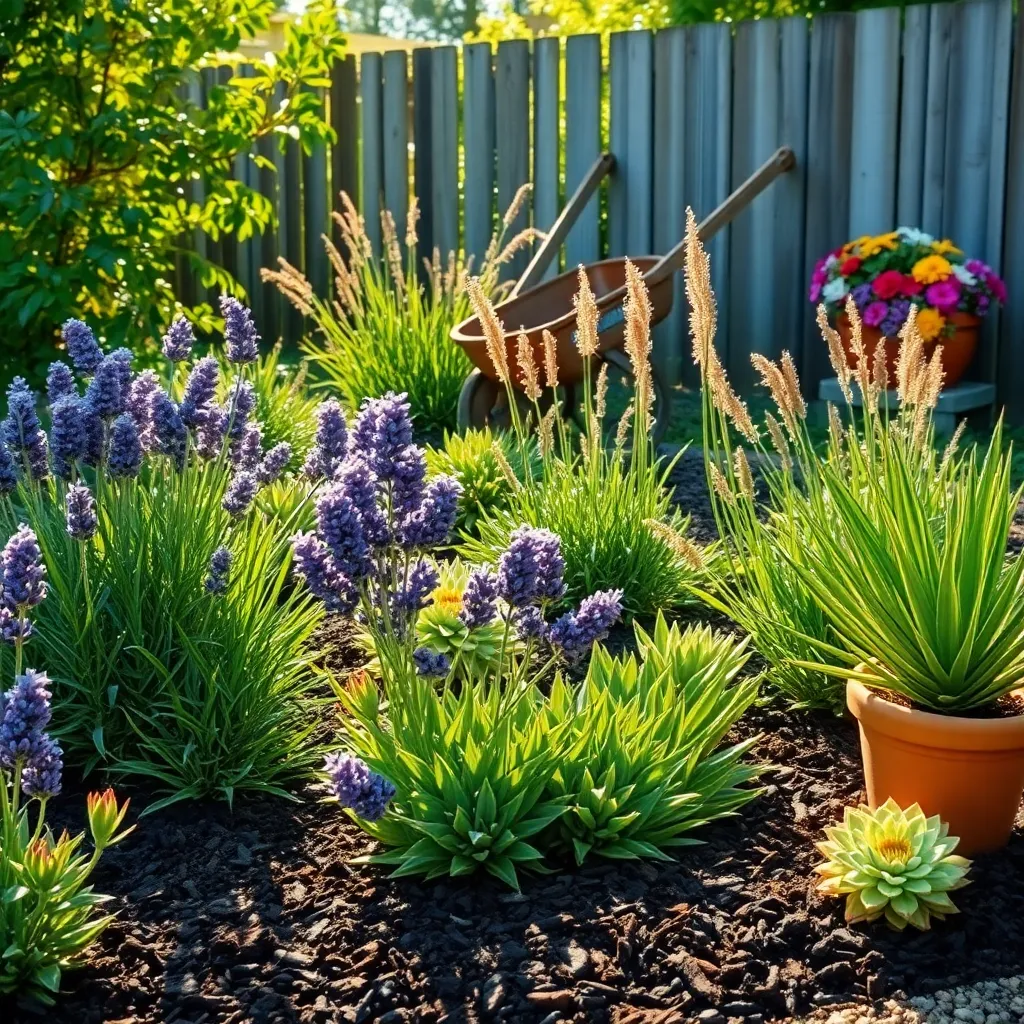
Mulch application is a highly effective technique to retain moisture in low-water gardens. By covering the soil with mulch, you can significantly reduce evaporation and keep the roots cooler. Organic mulches such as bark, straw, or shredded leaves are excellent choices for most garden types. These materials not only conserve water but also improve soil structure as they decompose over time.
To apply mulch effectively, start by spreading a layer about 2 to 4 inches thick around your plants. Keep the mulch a few inches away from the stems to prevent rot and allow air circulation. Avoid using too much mulch, as this can lead to excess moisture and attract pests. If you live in a particularly dry climate, consider using a thicker layer, but ensure it remains breathable.
For beginners, a simple bark mulch is both affordable and easy to manage. More experienced gardeners might experiment with different mulch combinations to suit specific plant needs. For example, pairing gravel with organic mulch can enhance moisture retention while providing a decorative touch. This dual-layer approach works especially well in Mediterranean-style gardens, where drought tolerance is key.
Regularly check your mulch layer to ensure it’s still effective, especially after heavy rain or strong winds. If you notice it thinning, replenish it promptly to maintain its benefits. Mulching is not a one-time task; it requires maintenance to provide ongoing moisture retention and soil health benefits. By incorporating mulch into your gardening routine, you’ll create a more sustainable and resilient garden that thrives even with limited water resources.
Lavender (Fragrant Drought-Tolerant)
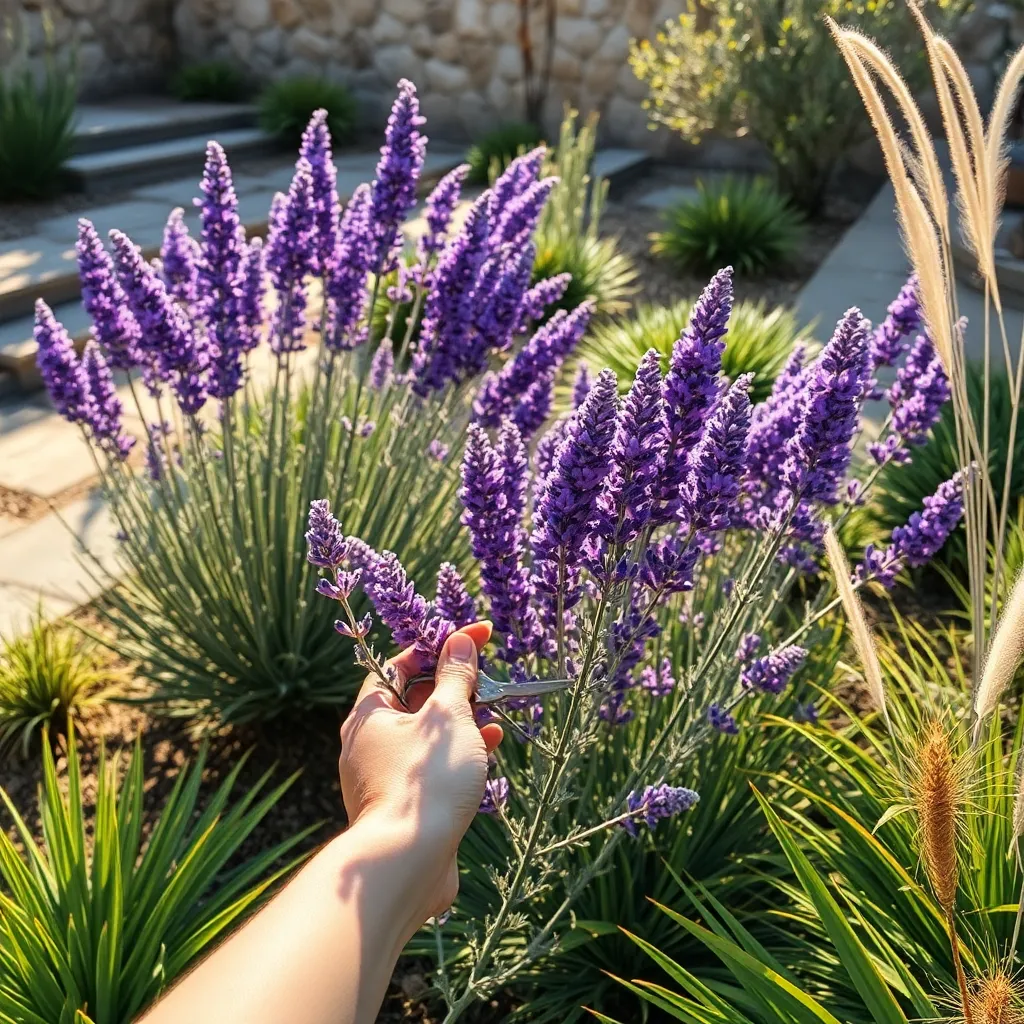
Lavender is a top choice for low-water gardens, thanks to its fragrant blooms and drought tolerance. It thrives in well-drained, sandy or gravelly soils, making it perfect for arid climates where other plants might struggle.
Position your lavender plants in a sunny spot to ensure they receive at least six hours of direct sunlight each day. This Mediterranean native does best with infrequent, deep watering, allowing the soil to dry out completely between sessions.
When planting lavender, consider using a raised bed or mound to enhance drainage, as roots will rot in soggy conditions. Pruning is essential for maintaining a compact shape and encouraging new growth; trim your plants back by one-third in early spring.
To give your lavender an extra boost, apply a light application of organic fertilizer in the spring. For advanced gardeners, experimenting with different lavender varieties can provide a range of colors and scents to enrich your garden’s sensory appeal.
Ollas (Ancient Clay Pot Irrigation)
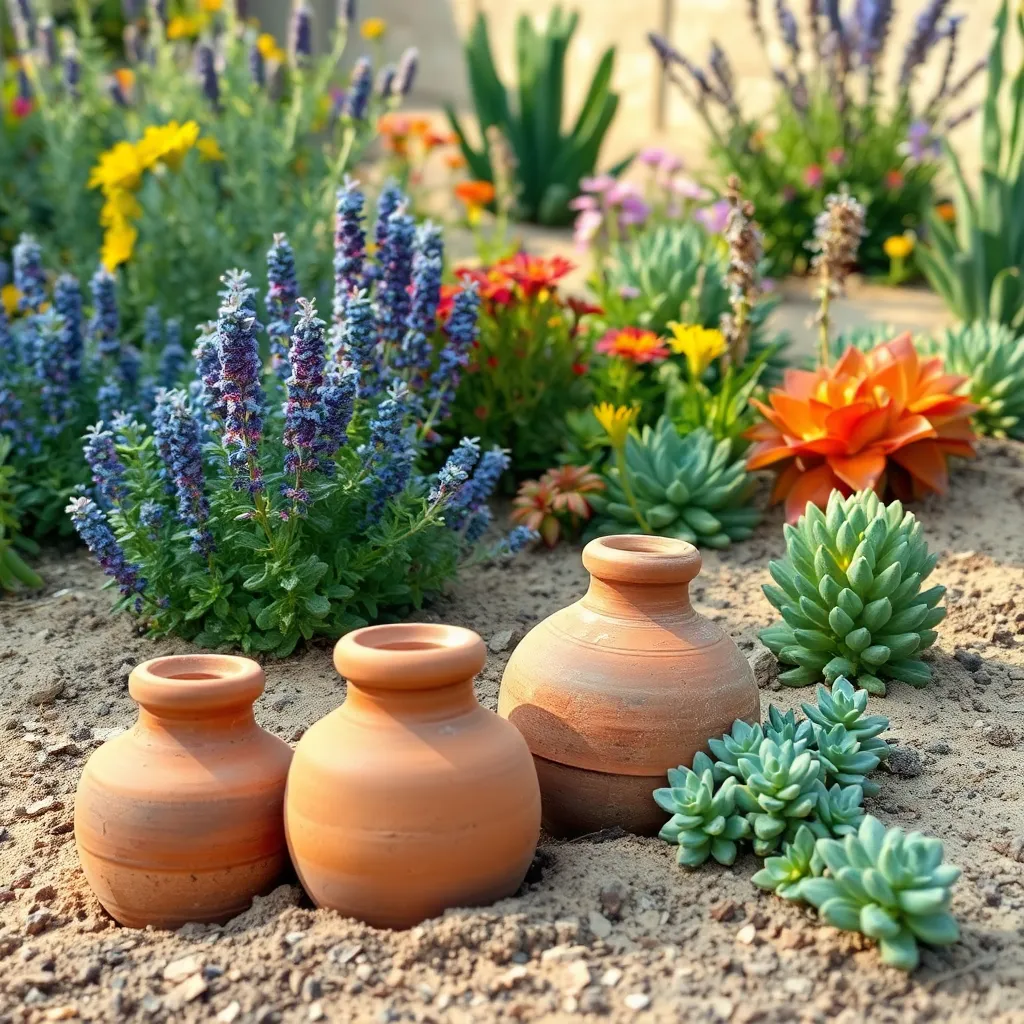
For gardeners seeking sustainable solutions, ollas offer a time-tested method of irrigation that conserves water efficiently. These ancient clay pots are buried in the ground among your plants, allowing water to seep slowly into the soil, directly reaching the roots.
To use ollas effectively, choose a pot size that matches the needs of your garden bed. A general rule is to place one olla every three feet for optimal coverage, ensuring even moisture distribution.
Once installed, fill the olla with water and cover the opening to minimize evaporation. This method not only saves water but also reduces the frequency of watering, making it ideal for low-water gardens.
For best results, pair your ollas with drought-tolerant plants like lavender, which thrive in well-drained soil with minimal watering. Consider enhancing your soil with organic matter to improve its structure and water retention capabilities.
Native Grasses (Adapted to Dry Climates)
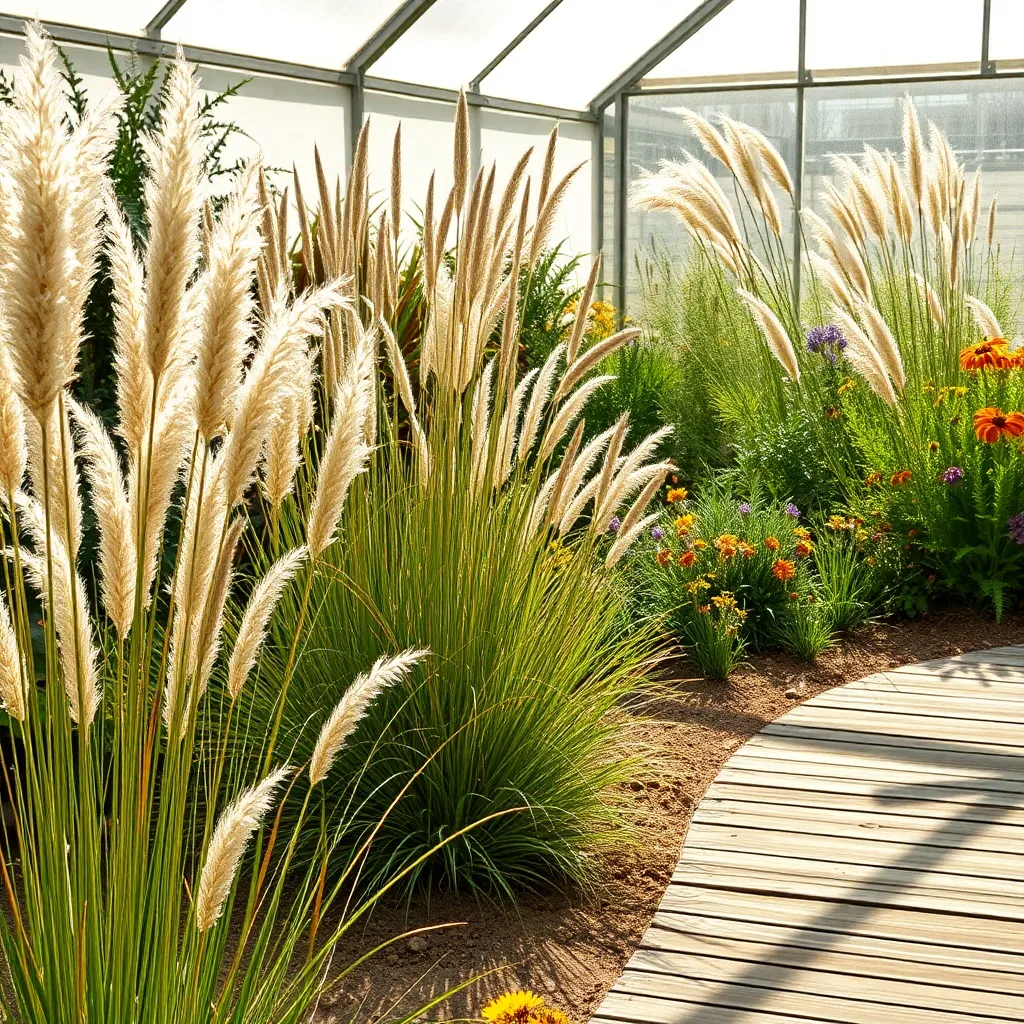
Native grasses are a fantastic choice for low-water gardens, especially in dry climates. They have evolved to thrive with minimal water, making them both eco-friendly and low-maintenance.
One excellent option is Blue Grama Grass (Bouteloua gracilis), known for its striking seed heads and drought tolerance. Plant it in well-drained soil and water sparingly once established, as it prefers dry conditions.
For gardeners seeking a taller option, Little Bluestem (Schizachyrium scoparium) is an ideal choice, reaching up to three feet in height. It thrives in full sun and can tolerate poor soil, making it perfect for less fertile areas of your garden.
To enhance your garden’s biodiversity, mix different species of native grasses. This not only adds visual interest but also supports local wildlife by providing habitat and food sources.
Conclusion: Growing Success with These Plants
As we navigate the intricacies of relationships, the principles of nurturing, adaptability, and resilience are mirrored in our gardens. In “Best Plants for Low-Water Gardens,” we explored five key concepts that parallel successful relationships: the importance of choosing the right partners (or plants) that thrive in your environment, practicing patience and understanding in growth, ensuring consistent yet flexible care, recognizing the beauty in diversity, and valuing sustainability for long-term success. Just as a thriving garden requires intentional planning and care, so too do our relationships.
To put these insights into practice, consider evaluating one area in your relationship where you can introduce a new approach or perspective. Whether it’s improving communication, introducing more quality time, or simply appreciating each other’s individuality, small changes can cultivate significant growth.
Don’t let these valuable insights slip away—bookmark this article now for easy reference as you nurture both your garden and your relationships. By embracing these principles, you’re not just investing in today but also sowing the seeds for a flourishing relationship in the future. Remember, the garden you tend today can become the oasis of love and understanding tomorrow.

